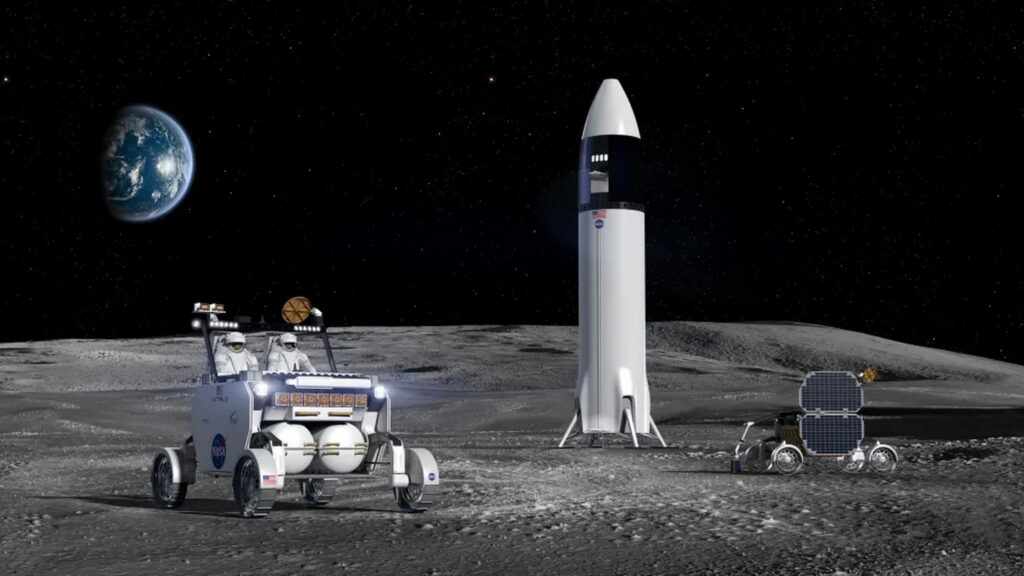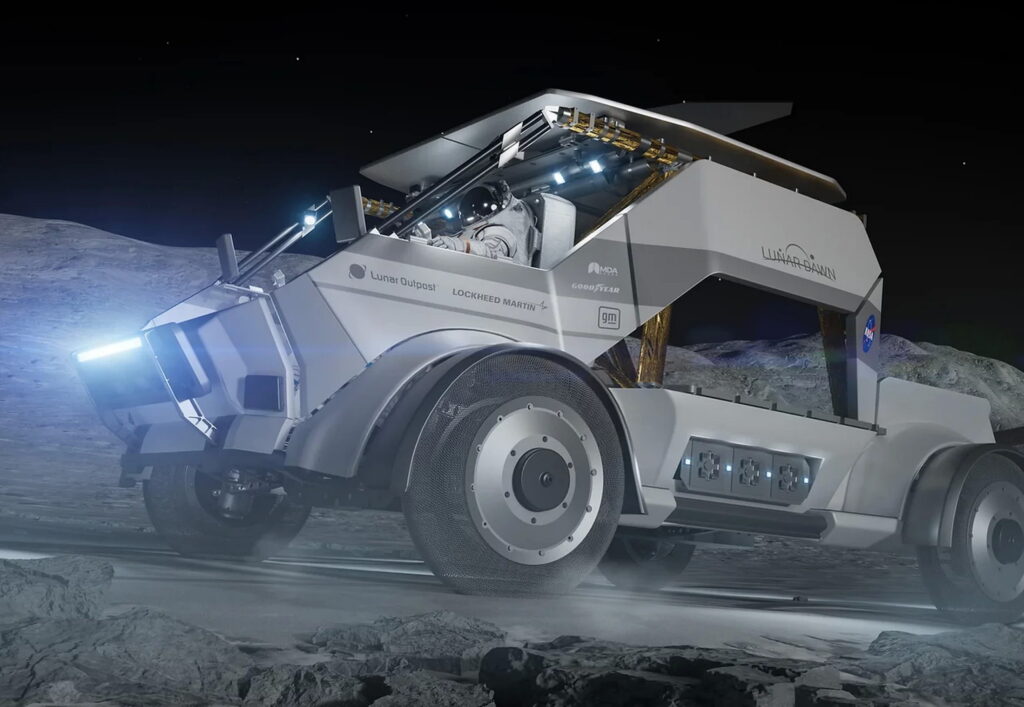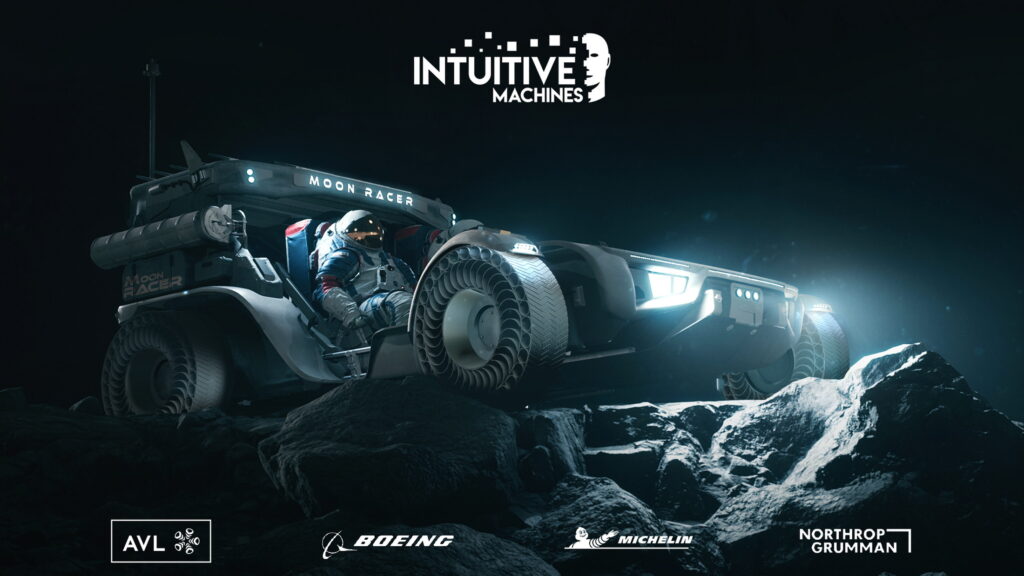The lunar terrain vehicle will need to go long distances and be driven autonomously, so that it can work with or without astronauts
3 hours ago
 –>
–> 
–>
- NASA chose Intuitive Machines, Lunar Outpost, and Venturi Astrolab for the next step of the selection process.
- After a feasibility test, NASA will select a single lunar terrain vehicle for a demonstration mission to the moon.
- The winning contractor will be allowed to use the rover remotely when NASA doesn’t need it.
NASA announced this week that it has narrowed down the list of potential lunar terrain vehicle (LTV) manufacturers to just three companies. They are Intuitive Machines, Lunar Outpost, and Venturi Astrolab.
The companies will now begin a year-long feasibility task order that will require them to develop a system that meets NASA’s requirements through a preliminary design maturity phase. Ultimately, the LTV must be able to handle the extreme conditions of the moon’s South Pole while carrying crew long distances from their base of operations for Artemis missions.
Read: GM Shows Off Its Lunar Rover Concept In New Video
NASA says that the vehicles will need advanced power management technologies, state-of-the-art communications technology, and the ability to drive autonomously. That last feature will be particularly important, because the organization wants to be able to use the LTV even when there are no astronauts on the moon.
“We will use the LTV to travel to locations we might not otherwise be able to reach on foot, increasing our ability to explore and make new scientific discoveries,” said Jacob Bleacher, chief exploration scientist in the Exploration Systems Development Mission Directorate at NASA. “With the Artemis crewed missions, and during remote operations when there is not a crew on the surface, we are enabling science and discovery on the Moon year around.”

But NASA won’t be the only one allowed to use it. When the organization doesn’t need the LTV, the company that ultimately wins the contract to make the rover, which will cost up to $4.6 billion, will also be able to use it for its own commercial purposes.
However, before they get there, the three contractors will have to impress NASA with a feasibility task order. After that, the government organization plans to select a single company that will complete a demonstration mission to the moon in order to ensure that the LTV is safe, before being put into service from the Artemis V mission, that’s scheduled for March 2030, until 2039.
The Artemis program is a stepping stone towards crewed missions to Mars. As part of the program, NASA plans to send the first woman, person of color, and international partner to the surface of the moon, with a view to making scientific discoveries, evolving technology, and benefiting the economy.




